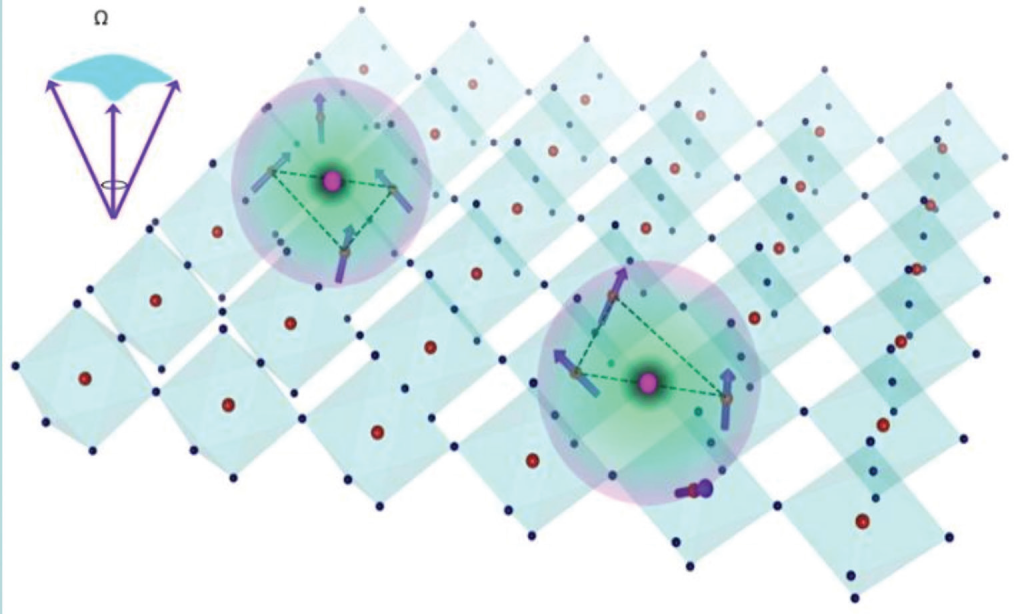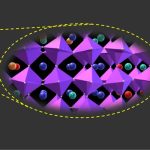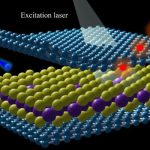
Data storage technology using conventional magnetic systems is reaching its limits, and researchers across the world are intently searching for alternatives. Materials having nanoscale non-coplanar spin configurations are a promising platform for ultra-dense, low-power memory applications. Realising such non-coplanar spin textures in new materials and through new routes is of great interest. However, till date, this has been restricted only to magnetic materials which already possess localised magnetic moments.
In a recent study, a research team led by Srimanta Middey in the Department of Physics has successfully demonstrated a new route to realise non-coplanar spin configuration in a non-magnetic system. They achieved this by deliberately creating oxygen vacancies (OVs) in a non-magnetic band insulator called KTaO3. Creation of OVs turns pristine insulating KTaO3 into a metal. It leads to the formation of a non-coplanar network of magnetic moments around the OV, resulting in a phenomenon called topological Hall effect. These design principles could be utilised to engineer more complex and stable spin structures in various quantum materials.






